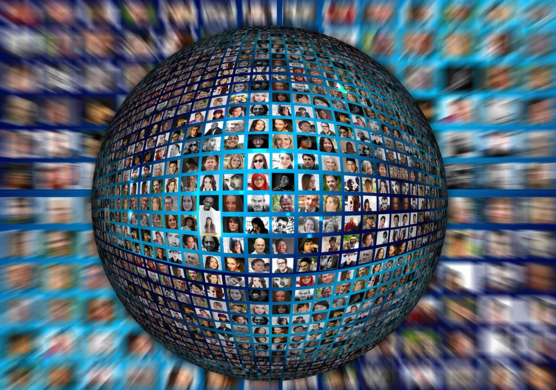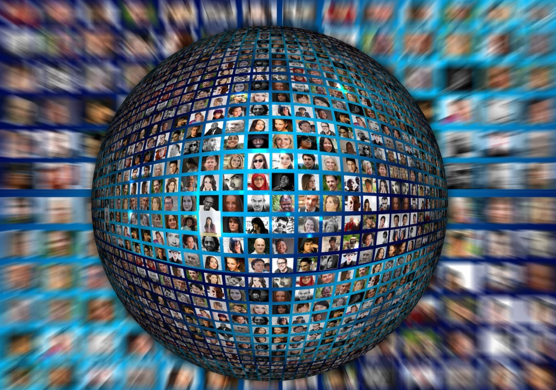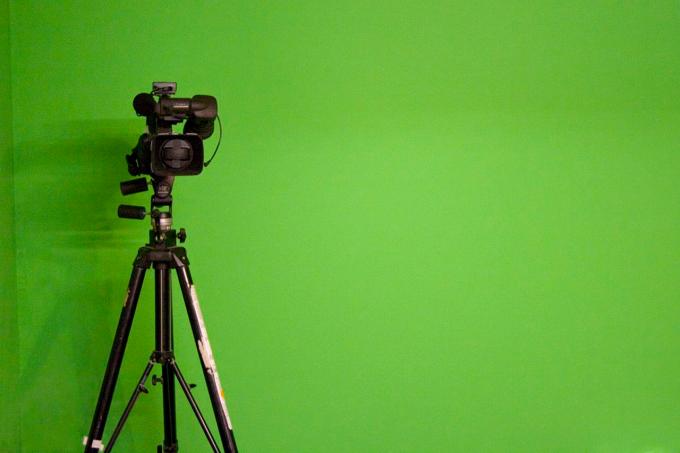

Twitter, which turned 10 this week, has apparently made Live its entire organizing principle. At an all-hands meeting last month, Mark Zuckerberg declared live video a top priority for Facebook.
Clearly, Zuck’s directing his fight toward Twitter’s Periscope, a mobile live streaming app which itself competed fiercely with Meerkat.
Amazon is expanding its recently acquired live gaming platform, Twitch, to new content categories like Food. Google, which sparred over Twitch with Amazon, is rumored to be working on a live streaming app while collecting millions of viewers by live-streaming events including the AlphaGo match with Lee Sedol and the presidential primary debates.
Meanwhile, Instagram Spotlights and Twitter Moments are playing catchup to SnapChat’s Live Stories, which premiered its first web experience for the Oscars and its first global Live Story for a cricket match this past week.
Live media is the most dynamic category of mobile storytelling developing today because it’s fast, immersive and consumable in the palm of your hand. It’s everything we love (and occasionally hate) about the internet – immediate, first person, and chaotic as hell. And it’s changing the way we connect with the world’s stories because it’s creating new ways to experience and participate in real-world events.
Breaking news launches new media. When the 7/7 London bombings struck in London, Flickr’s user-generated photos from the event transformed it to the international photo platform in an instant. When Sully Sullenberger safely landed an airplane on the Hudson, Twitter became the way the world saw a photo from the wing of the plane. And with the recent San Bernardino shootings, SnapChat grew up in the eyes of many from sexting app to next generation breaking news application.
While live streaming has been with us for a decade, Live media is new. So let’s get our arms around what we mean by Live media. Despite the variety of platforms and formats, there are some common characteristics.
Live media comes from real-time stories, rooted in a place and time, told from different points of view. Live media is mobile media. It can be photos, videos, comments, status updates, check-ins and various combinations of the above. Live media uniquely gives remote audiences the ability to both experience and participate in the story as it unfolds. And finally, because Live media is multi-angle, multi format, and unsynchronized, it’s often a royal mess that requires some human editing to aggregate into summarized streams for easy consumption. Live media is:
- Democratic. Live media features everyone: eyewitnesses, world leaders, celebrities, and citizens. And as such it invites real-time participation.
- Teleported. Live media creates new opportunities for crowd-level perspectives that create real intimacy, immediacy, and immersion.
- Raw. Live media is messy, handheld, and non-linear. It’s often in need of curation and editing.
Why Now?

Live media is going mainstream due to an explosive combination of factors. Over two billion camera-enabled smartphones and tablets are activated globally. This widely shared picture viscerally captures the massive coverage of mobile devices in our world. Add to that picture, taken in 2013, now ubiquitous and robust 4G networks, and it’s possible to stream media seamlessly to both emerging and dominant social platforms that themselves blanket an engaged, global audience of billions of eyeballs.
The final ingredient in the adoption of Live media is a generation of millennials—and increasingly all of us—who rely on mobile as their first home for information gathering, consumption, and participation. This mobile generation supplants previous generations tethered to televisions and desktop browsers. Their world is mobile-to-mobile, with real-time media, first person perspectives, active participation, and Post-live replays in their hands.
And how will we manage all this Live media? Most of us are too busy to respond to every alert. How will consumers search, discover, and consume the Post-live blizzard? People will naturally want ways to bookmark, replay, search, categorize, and surface Post-live media. (Note that I have a horse in this race, as I’m CEO of Katch, a video platform that is actively working on search, discovery and distribution of Post-live replays).
Live-ish

Speaking of Post-live replays, “Live” has always been a bit of a construct. Live radio delays built in for editing and television has been broadcasting pre-taped “Live” shows like Saturday Night Live for decades. While it appears as though technology has evolved to the point where “live” can actually mean “live,” Live can still be a slippery concept. SnapChat’s Live Stories are often made up of media shared hours earlier. Twitter’s real-time feed now controversially contains “While you were away…” time-shifted tweets. Much of this distinction is smoothed over by time-sensitivity through ephemerality on platforms like SnapChat, Meerkat and Periscope. But as these platforms mature, there will be a growing tension between corralling Live participants and reaching larger Post-live audiences.
TV in Your Pocket

Consumers love video. SnapChat Live Stories started as photo collages but are dominated by video now. Expect to see video play a growing role in Live media and the content we create and consume on our phones. More video on our phones is inevitable as mobile cameras improve, networks expand capacity, apps for creation and editing improve, and more folks cut the cord and look for new sources of content. Since video ad rates outperform other online ad stock, there’s going to be a platform hunger for it as well. Perhaps this is why social networks like Facebook and Twitter are racing to incorporate video.
“[Live video is] one of the things I’m most excited about,”Zuckerberg recently said in Berlin. “I think video is a mega trend, almost as big as mobile,”he said in another interview.
To the extent that purveyors of Live media can, they should focus on improving and diversifying all their offerings around video.
Coming Soon

If Live media is as big as Zuck and the rest of the players in the space are betting on, it will transform how we communicate, tell our stories and get our news. Currently, it’s early days and there’s much left to flesh out.
Will online marketplaces develop for consumers to request coverage? Imagine being able to pool resources and work together to document breaking and niche events through networked online communities.
With an explosion of Live media apps, will new services attempt to differentiate in verticals devoted to niche communities? note that we’re already starting to see this with services like Nom, Krue, and Waggle.
Currently, SnapChat Stories, Twitter Moments and Instagram Spotlights all have a layer of human curation and editing. Will algorithms be able to help sort, rank and create highlights? Can communities be leveraged to participate in curation? Or will editorial voice and reportage become more important?
Nothing in life is free. Services will need to figure out business models around Live media. Expect to see monetization experiments with sponsorships, pre-roll advertising, overlays, analytics, virtual goods and patronage.
It remains to be seen how all of the above will transform the way we connect to stories. But one thing is certain: the revolution will be Live.

